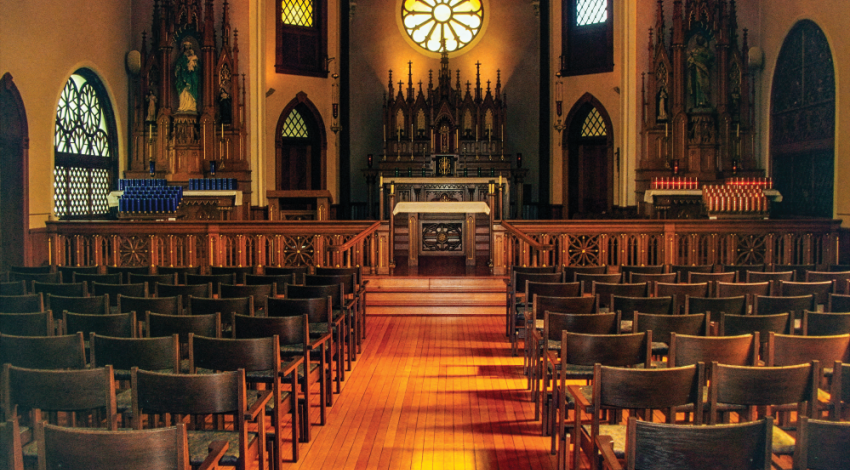Credit: Getty Images
Electric co-ops were established to provide electricity to people living in rural communities. Folks in rural America had been mostly ignored by electric companies that didn’t see enough potential profit to run electric lines into the country. In the 1930s, a public-private partnership was forged to provide the large capital investments needed to build and operate rural electric systems. Member-consumers provided start-up capital, usually in the form of membership fees, and the Rural Electrification Administration provided loans to cooperatives, because private banks found the business too risky.
Today, your cooperative is financed in a similar manner, but its business has become far more secure after decades of successful operation. Each year, as you purchase electricity from your co-op, a small percentage of margin is included in your bill, which becomes your investment in the co-op — your share of the member equity. Financial equity is necessary to provide capital for the operations of the cooperative, and it allows the co-op to borrow the additional funds necessary to invest in poles, wire, transformers, meters, trucks, substations, computers, offices, warehouses, and anything else required for a reliable electric system designed to meet your needs.
The investment you make each month is tracked from year to year, and eventually returned to you as a capital credit. In essence, it’s the return of the equity that you’ve invested in your cooperative. The return of your capital may be in the form of a check or a bill credit, as determined by your co-op’s board. Read more on Page 4 about how this works.
However, capital credits are only one form of equity. We like to believe that our greatest investment lies in our human resources, and the spirit that defines electric cooperatives. In this season of giving, there’s no better example of that esprit de corps than the 40 linemen from across the Ohio electric cooperative network who left home and hearth for the better part of a week to provide much-needed assistance to their fellow linemen in New Hampshire, after severe storms knocked out power in much of the Granite State. In the cooperative world, we call it “mutual aid,” but it’s really the heart of “the cooperative difference.”
Wishing you and yours happy holidays and a merry Christmas from all of us at Ohio’s Electric Cooperatives.









